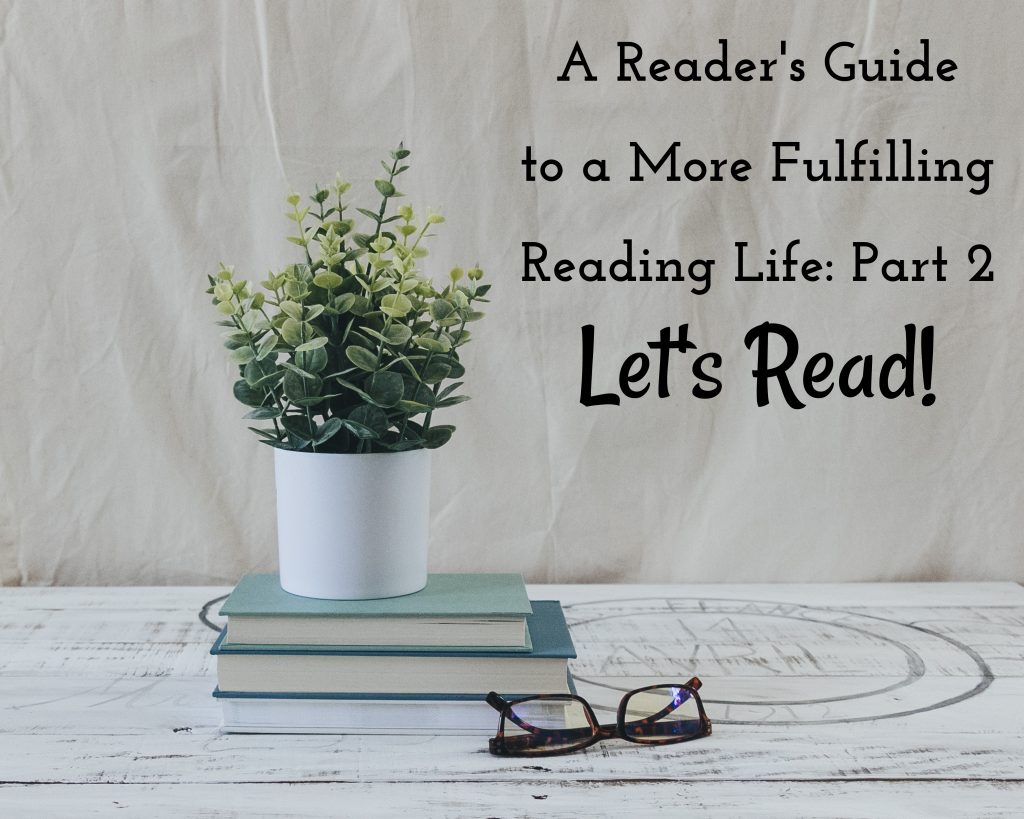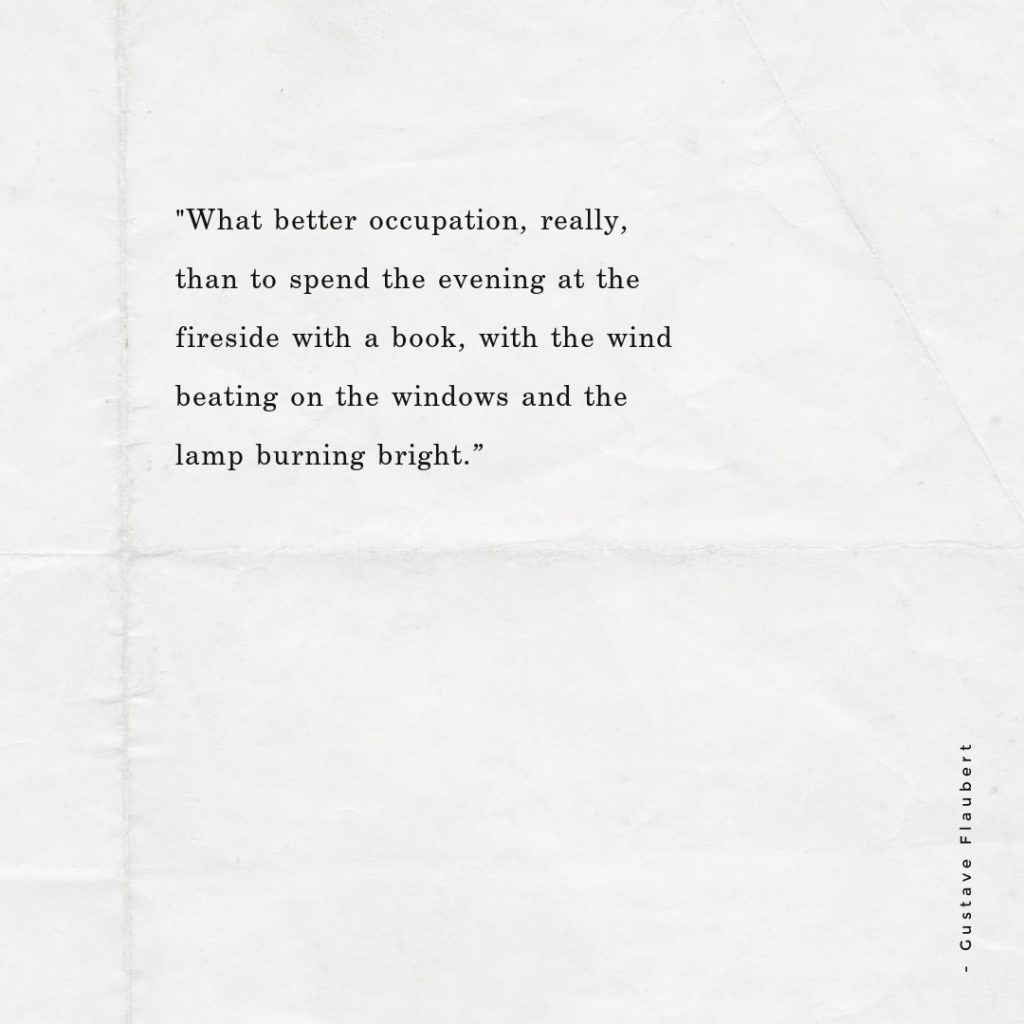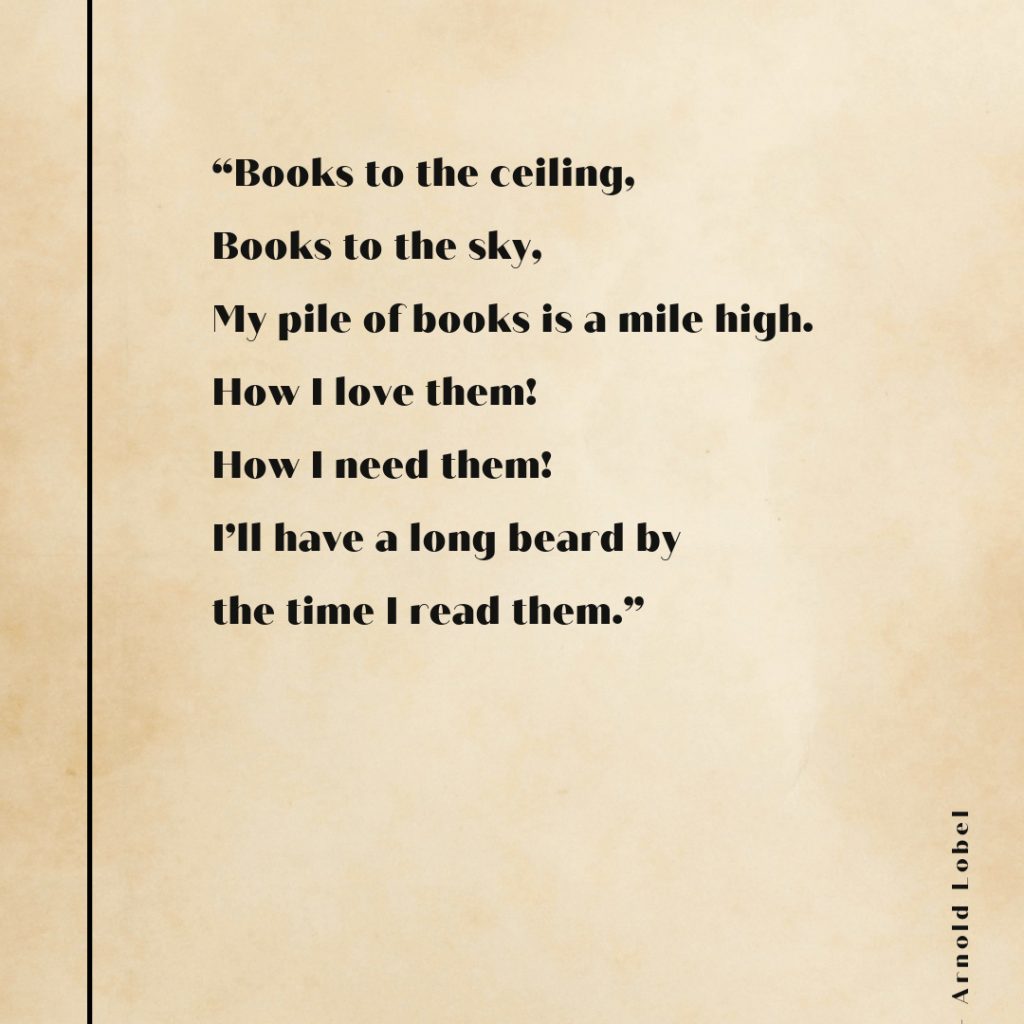Hello to all of my fellow readers, and to all of you who aspire to gain more from your reading life. If you’re looking for guidance in bringing more intentionality, enjoyment, and satisfaction to your reading experiences, this series is for you! In Part One of this series, we took a deep dive into our reading histories and preferences, explored ideas for choosing the perfect book, and looked at specific ways for getting those books off of our TBR lists and into our hands.
In today’s Part 2 of this series, we are taking a closer look at the best and most important part of our reading lives: the part where we READ OUR BOOKS! That seems straightforward, and it can be, but reading isn’t always as easy as opening up a book. Many of us encounter obstacles along the way that keep us distracted, disengaged, or disappointed in our direct experiences with books. Even the most committed readers face challenges that keep us from reaching our reading goals. The good news is that there are steps we can take to address these challenges before they completely derail us from the path of happy reading.

The Where, When, and How of Reading
What does reading (the actual, physical act of consuming a book) look like for you? Some factors to consider: where do you do most of your reading? At what time of day do you read? What position do you like to read in (lying down, curled up on a couch, etc.)? What format do you prefer (audiobook, ebook, print)? Do you choose certain genres for different times of day, or prefer different genres in various formats?
Use your answers to these questions to evaluate which parts of the reading experience are working for you and which ones aren’t; then adjust accordingly. For instance, perhaps you are enjoy reading in bed but don’t love that you often fall asleep when you read at night; could you consider waking up earlier instead and reading before you get up for the day? Maybe you want to read more than one book at once and would benefit from doing nonfiction reading in the morning, fiction reading at night, audiobook listening in the car, or some other combination of these.
If you’re happy with the how of your reading, don’t feel the pressure to make any changes, but don’t rule it out either: these simple switches might be just what you need to put a spark back into your reading experiences.
When You Aren’t Enjoying a Book
If you are in the middle of a book and find you aren’t enjoying it, begin by asking yourself why: is it the writing style, the subject matter, the characters, or some other aspect of the book itself? Maybe it’s the format that’s the problem—perhaps you aren’t enjoying the audiobook because you are struggling to keep track of multiple storylines on audio, or maybe the book is too long to hold your attention in print. Your answers to these questions will help you know whether or not to keep going with a book or to set it aside.
A note on quitting books: there is nothing wrong with stopping a book mid-way. Whether that means giving up on a book just a few pages in, abandoning it when you are near the end, or skimming entire chapters—that’s totally okay! Don’t give in to the sunk cost fallacy that says a reading experience has been wasted if you don’t complete a book. Life is to short to stick with books you don’t want or need to read.
That being said, a lack of enjoyment with a particular book does not necessarily require you to abandon the book; you have some other options! If it’s the way you are consuming the book that’s the problem (audio, print, etc.) try reading the book in a different format. If you’re listening to an audiobook, try adjusting the speed; sometimes a faster speed can enhance attention, while a slower speed may increase comprehension or retention. Maybe you are taking a print or ebook book too quickly or too slowly; if a book is dragging, try taking a slow-but steady approach, reading just one chapter a day; convserely, commit to speed-reading to the end rather than drawing out your reading experience.
It’s common to find yourself in the middle of a book you know you would usually enjoy but aren’t feeling at the moment. (See: COVID reading for nearly every reader.) If this is the case, set the book aside and commit to coming back to it at a better time. (I like to keep a special of list of TBF—To Be Finished—books.)
When deciding whether to stick with a book, save it for later, or abandon altogether, you might consider reading some reviews or talking with others who have read the book to inform your decision. If there’s a certain plot point that’s concerning to you, ask another reader if this problem will be redeemed in some way that will make it worth your time to see the book to completion. If you’re hating a book and find many other reviewers with similar tastes have felt the same way, you can feel confident in your decision to quit. Your reading community is your best resource when it comes to making difficult decisions on whether a particular books is redeemable for you.

When You Want to Read More Books
Reading is not a competition, and you should not feel any pressure to read a certain number of books. I believe a fulfilling reading life is about so much more than how many books we can get through! (Case in point: I’m on track to read fewer books this year than I have in the past several years, but I have been far happier with the whole of my reading life in 2021 than any other year.) Caveats aside, I know many readers are looking to add more books to their Finished lists. If you find yourself in this camp, here are some strategies for increasing your book count:
- Set a number goal. Make this number one that will be a stretch for you to meet, but is also realistic. If an annual number goal feels daunting, try a monthly or weekly goal instead. You might consider bringing in some accountability in the form of a reading buddy or a book log.
- Decide on a set amount of time you want to spend reading each day and set a timer to put parameters around your reading time.
- Make sure you are reading the types of books you want to read. It’s difficult to complete books that you don’t love! (See Part One for knowing which books to choose.)
- Change up your book format or reading pace and see if these changes work well for you.
- If you are starting too many books and not finishing them, try reading just one book at a time.
- On the flip side, consider reading multiple books at once so that you will always have a book to meet your reading mood. (Tip: don’t read too many similar books at once! I read only one or two novels at a time to avoid confusion.)
- Make your books more convenient: make the Kindle app the most prominent one on your phone, keep your print book in your purse or Kitchen counter, or make the Audible app more visible than your podcast catcher.
- Don’t be afraid to read in small increments of time. It’s amazing how quickly a few pages here and there can add up. The more you make reading your go-to for filling downtime, the quicker this will become a habit.
- Eliminate distractions: when reading, find a spot where you won’t be interrupted and consider leaving your phone and other devices in another room.
- Combine reading with other activities: most of my reading is done on my Kindle while I am eating or exercising, or on audio while I’m commuting or cooking dinner.
- Let go of the guilt: let me reitterate, a specific book count should not be your top priority in your reading. If striving to read a certain number of books is anything less than enjoyable or helpful, let go of those self-imposed expectations!
When Your Reading Life Starts to Take Over
This series is dedicated to helping you have a happy reading life; for many this means more books, or happier reading experiences. But perhaps you are experiencing the opposite problem—maybe your reading has started to take up too much space in your life. Whether you are spending more time than you’d like looking for books to read, or you are forgoing other activities for the sake of reading, or your reading habit is keeping you from pursuing other hobbies . . . too many books can be just as big a problem as not enough.
Consider this your permission to read less if doing so will better serve your life as a whole. Say goodbye to a few of the books on your shelf, indulge in a night of television viewing in place of your usual reading, or skip your weekly trip to the library. Stepping back from your reading might pave the way for better relationships or newly discovered interests. Or maybe you will find that some time away from such heavy reading has you eager to come back to your reading life in ways that are even bigger and better than before!

What obstacles keep you from reading or from the enjoyment of books as you read them? Have you identified any helpful solutions? What do you wish could be different about your reading life and how might you make those differences a reality? I’d love to hear your thoughts, please share them in the comments!
Stay tuned for Part Three of this series in which we will go beyond the books to explore all the extras of the bookish life—from book tracking to reading in community, engaging with the texts, and so much more!